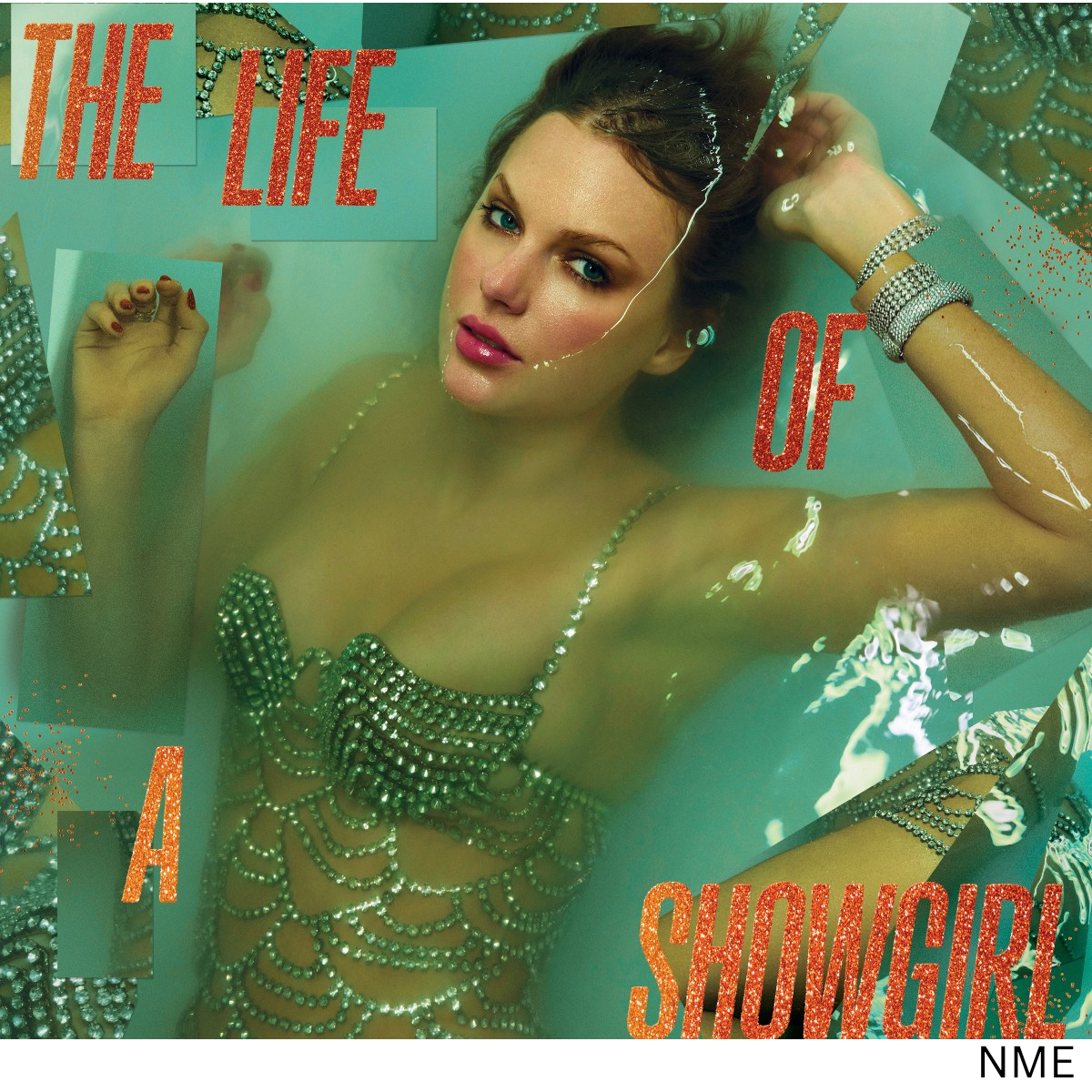Taylor Swift has done it again. With a glittering blend of artistry, marketing genius, and sheer star power, the pop icon has shattered yet another record — this time with her latest album, The Life of a Showgirl. Released on October 3, the record has already rewritten the history books, proving once more that Swift isn’t just part of the music industry — she is the music industry.
A Record-Breaking Week for The Life of a Showgirl
According to Billboard and data from tracking firm Luminate, Taylor Swift’s twelfth studio album has officially broken the modern-era record for the most albums sold in a single week in the United States. With more than 3.4 million pure album sales — that’s physical and digital copies, not including streams — Swift has outpaced every other artist in the data-tracked era, which began in 1991.
To put that into perspective, the last artist to come close was Adele, whose 2015 megahit album 25 sold 3.378 million copies in its first week. Swift has now eclipsed even that benchmark, making The Life of a Showgirl the highest-selling debut week in over three decades.
While the final first-week numbers (including streaming and track-equivalent units) are still being finalized, industry experts expect the total to climb even higher before the official announcement on Sunday, October 12.
For an artist who has already spent nearly two decades breaking records, this latest achievement feels both staggering and strangely fitting.
From The Tortured Poets Department to Showgirl: A Reinvention in Sequins
The Life of a Showgirl follows Swift’s 2024 release, The Tortured Poets Department, which dominated the Billboard 200 for an astonishing 17 weeks. That album — moody, introspective, and layered with literary allusions — earned Swift Grammy nominations for Album of the Year, Best Pop Vocal Album, Record of the Year (“Fortnight”), Song of the Year (“Fortnight”), and Best Music Video.
But where Tortured Poets was introspective and intellectual, Showgirl is its glittering, theatrical sister. Critics have described the album as “playful soft-rock with a nostalgic 1970s shimmer,” a sonic and emotional palette that evokes both Las Vegas glamour and vintage stadium energy.
Swift, ever the storyteller, described the record as a celebration of “the spectacle of performance — the showgirl in all of us.” And indeed, the album’s themes — identity, reinvention, and the cost of performance — feel like both a nod to Swift’s evolution and a commentary on the modern entertainment machine she has mastered.
A Double Threat: No. 1 Album and No. 1 Film
Just when it seemed she couldn’t possibly set another milestone, Swift did what even some of pop’s greatest legends hadn’t. Alongside the record-breaking album release, her accompanying concert-style film, “The Official Release Party of a Showgirl,” debuted at No. 1 at the North American box office with a $33 million opening weekend, according to Comscore estimates.
The feat marked a rare dual triumph: Swift simultaneously held the No. 1 album and the No. 1 movie in America — a combination that not even Prince achieved with his 1984 Purple Rain era. Deadline noted that Jennifer Lopez was the first female artist to accomplish this feat, but Swift’s simultaneous dominance across both mediums redefines what it means to be a modern pop icon.
The “Showgirl” film wasn’t a traditional narrative release — rather, it served as a communal listening and viewing experience. Fans filled theaters to watch the debut of the music video for The Fate of Ophelia, along with lyric videos for the entire album, behind-the-scenes footage, and Swift’s personal commentary about her creative process.
In many ways, it was a love letter to the Swiftie community — a celebration of connection, shared emotion, and the art of storytelling.
A Swiftian Marketing Masterclass
Swift’s release strategy for The Life of a Showgirl was, as always, meticulously orchestrated. In the weeks leading up to the drop, she teased fans with cryptic visual hints on social media — sequined costumes, stage lights, and showbiz imagery. Limited-edition vinyl and CD variants sold out within minutes of release, while Showgirl merchandise, from rhinestone jackets to themed tumblers, flew off virtual shelves.
Even the title itself carried a sense of evolution. Where The Tortured Poets Department explored the emotional and intellectual burdens of fame, The Life of a Showgirl celebrates the resilience and glamour that come after. It’s the sound of an artist who’s not just surviving under the spotlight but dancing in it.
Building on a Legacy of Firsts
Taylor Swift’s success with The Life of a Showgirl adds another chapter to her already record-breaking career. She remains Spotify’s most streamed artist in a single day, a title she first earned with The Tortured Poets Department after the album reached over 300 million streams within 24 hours.
With Showgirl, Swift has proven she can pivot genres and aesthetics without losing her emotional core or commercial power. Her knack for creating cohesive “eras” — each with its own visual identity, mood, and narrative — continues to set her apart from her peers.
Whether she’s reinventing the breakup album, revisiting her past catalog through re-recordings, or conquering the box office, Swift’s artistry is a masterclass in longevity through authenticity.
What The Life of a Showgirl Represents
More than just another hit record, The Life of a Showgirl feels like a declaration of self. It’s Swift reclaiming the word “performer” — an acknowledgment that artistry can be both sincere and theatrical, vulnerable and glittering.
For longtime fans, the album’s emotional layers echo earlier eras (1989, Lover, Reputation) while introducing a new level of maturity and confidence. For newcomers, it’s an invitation into the grand spectacle that is Taylor Swift — a woman who has built an empire out of emotion, melody, and pure determination.
And as the curtain rises on this new chapter, one thing is certain: the “showgirl” isn’t going anywhere.






.png)
.png)
.png)